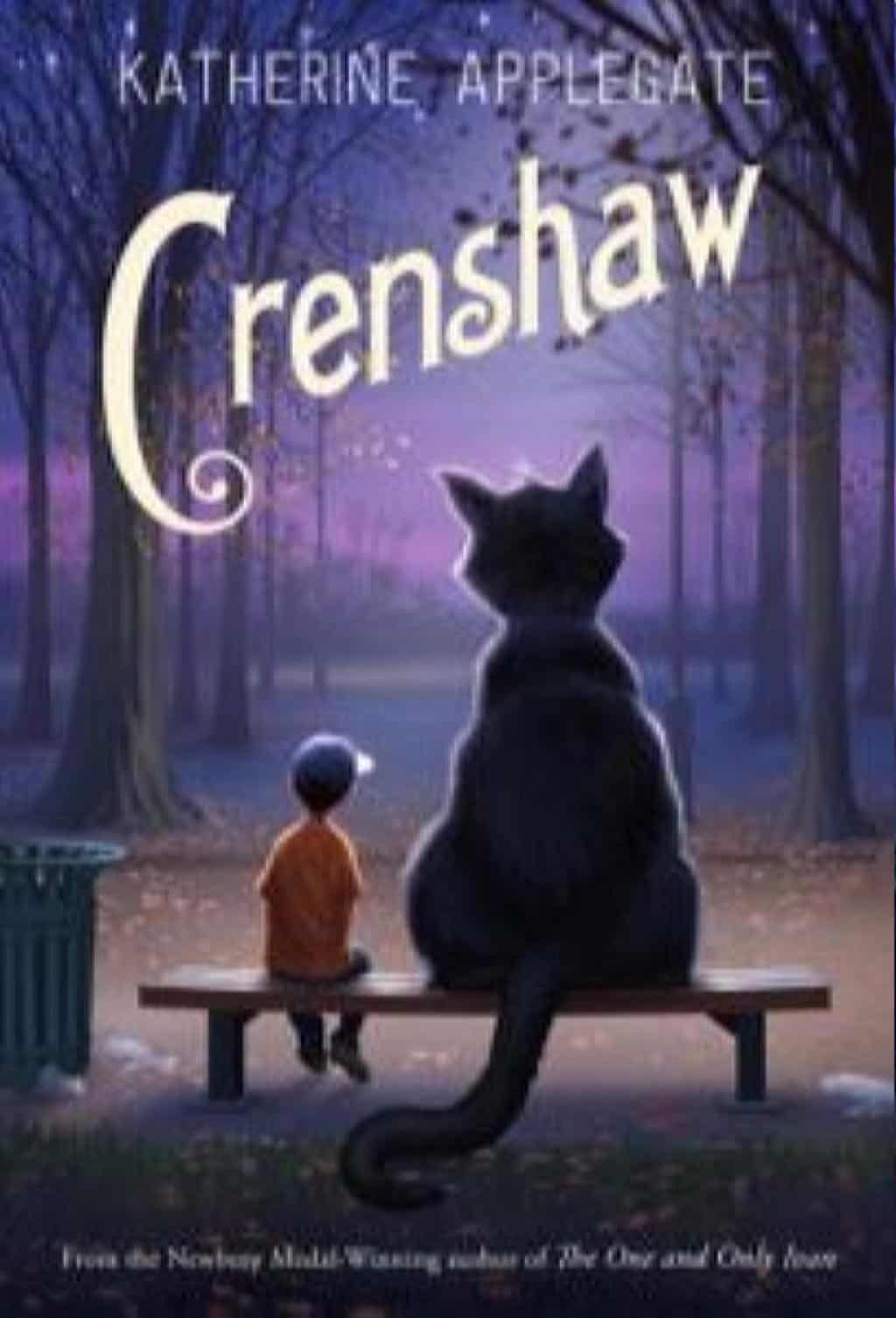 William Allen White Book List Provides Diverse Experiences
William Allen White Book List Provides Diverse Experiences
By Jennifer Bergen, Youth Services Manager
The William Allen White Children’s Book Award was founded in 1952 and was the first statewide book award set up for kids to vote on, not adults. Most other states have followed suit and have children’s choice book awards as well. Kansas schools and libraries promote the WAW reading lists to third through eighth graders, and often hold schoolwide voting days to see which titles will win in their schools, and then send their tallies on to the award committee for the statewide vote. Some popular previous WAW Award Winners include Old Yeller (1959 winner), The Mouse and the Motorcycle (1968), Mrs. Frisby and the Rats of NIMH (1974), Shel Silverstein’s A Light in the Attic (1984), and The Giver (1996). Kansas kids choose some pretty great books when given the chance!
The WAW master list for the 2017-18 school year is out, and kids are sure to find some favorites from this stack. Here are a few titles to start off. The full list is available at www.emporia.edu/libsv/wawbookaward.
Crenshaw by Katherine Applegate
Right from the start, fifth grader Jackson is at the beach and notices that, out on the waves, there is a giant surfboarding cat, wearing a t-shirt and carrying a closed umbrella. “He also looked awfully familiar. ‘Crenshaw,’ I whispered.” Jackson knows it is crazy to be seeing this and hopes the cat, his old imaginary friend, will go away, but he doesn’t. In fact, Crenshaw arrives just as Jackson is realizing things are not right at home. There’s no food in the cupboards for him and his little sister, Robin. Jackson knows his parents are running out of money, and he worries they will have to start living in their van. Again.
But isn’t a fifth grader too old to have an imaginary friend? Why did Crenshaw come back to him? And is Crenshaw…real? This is a powerful story about a child who feels disconnected from his parents and out of control in his life. Despite the downward spiral of events, Jackson, with the help of Crenshaw, finds a way to cope and even help his family.
Stella by Starlight by Sharon M. Draper
Draper’s historical novel is based on the life of her grandmother, Estelle Mills. Stories passed down and a treasured journal of Estelle’s give authenticity to the story, of which Draper says in a video, “It took all my life for these stories to become a part of me and finally emerge so that I could retell them.” The opening chapter hooks the reader with a tense and shocking scene. Stella and her little brother, Jojo, are hiding behind a tree in the middle of the cold night, watching men in white bedsheets set fire to a large cross. Klan. They rush home to inform their parents. It is 1932, the Ku Klux Klan has not been active in Bumblebee, North Carolina, for a few years, and all the men in their community know this is a very bad sign.
Stella feels compelled to write about unjust and frightening situations, but knows she must keep the writing secret. What could an eleven-year-old girl do, if even the adults could not find a way to do anything about the Klan? Stella’s instinct and bravery are on display more than once as life-threatening
situations arise, and as lives are intertwined in the most unlikely ways. Draper’s hope is that “from books of historical fiction, we can learn something that can help us in the present.” Stella is an admirable heroine from whom we all can learn.
George by Alex Gino
From the outside, George appears to be a boy and that is how everyone sees her, but inside, George knows she is a girl. A girl named Melissa. This secret inside of her makes her feel sad and alone. When George tries out for the part of Charlotte in the fourth grade Charlotte’s Web play, the teacher believes it is a joke. Frustrated and miserable, George confides in her best friend, Kelly, and discovers the support she needs to show her class and family who she is inside.
Gino’s book is such an important work, not just for transgender kids, but for their peers, teachers, parents and siblings. The author’s prologue, “Frequently Asked Questions (And Other Things Alex Wants to Say),” describes some reasons Gino wrote the book, answers many questions for readers, and provides tips for being a supportive friend, family and school.
Books like these are sure to garner discussion in homes and classrooms. The William Allen White committee has released a master list that will encourage kids to see many different perspectives, learn new things and reflect more thoughtfully on the various experiences people have in our world, both historically and in the present.

